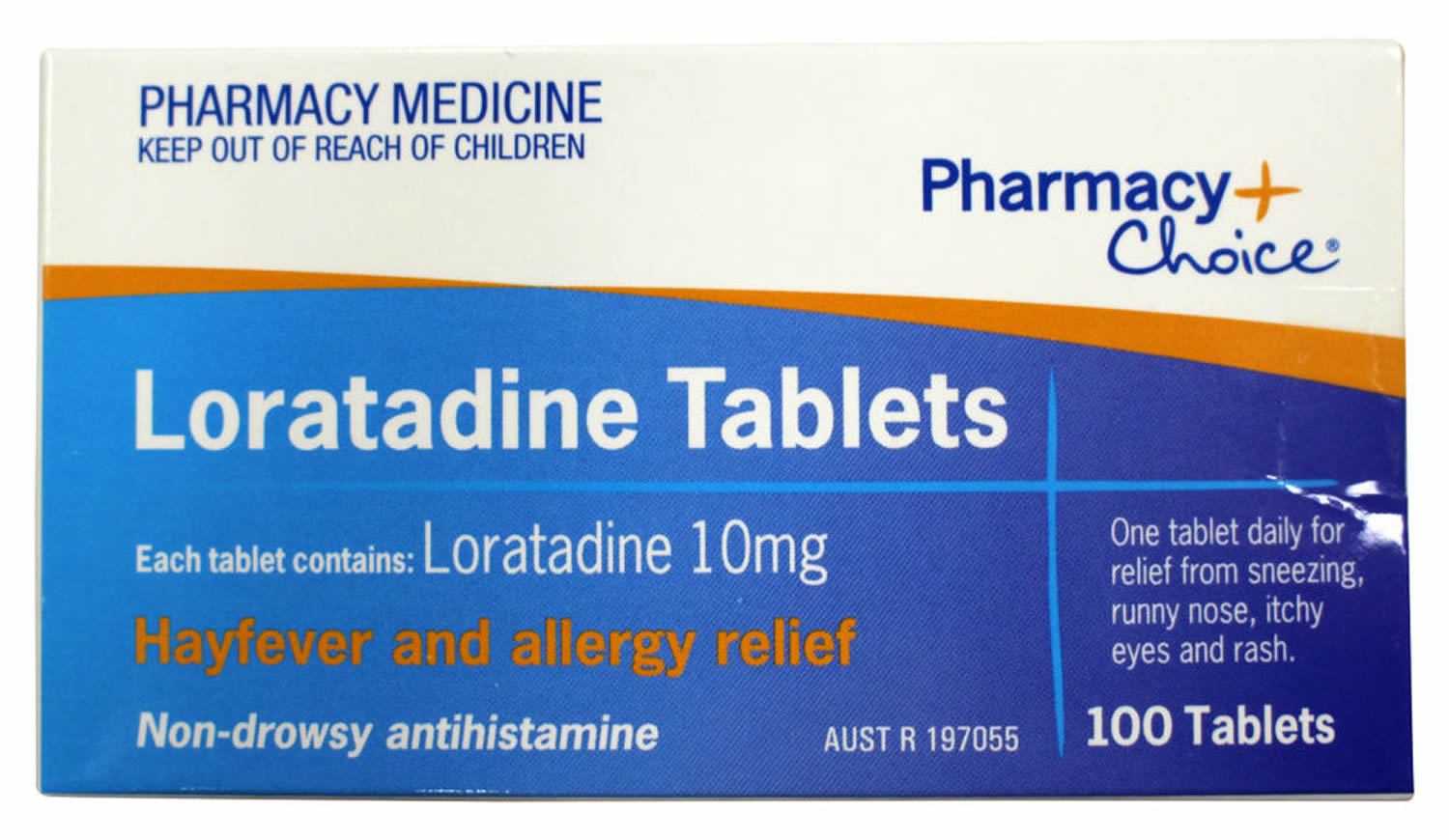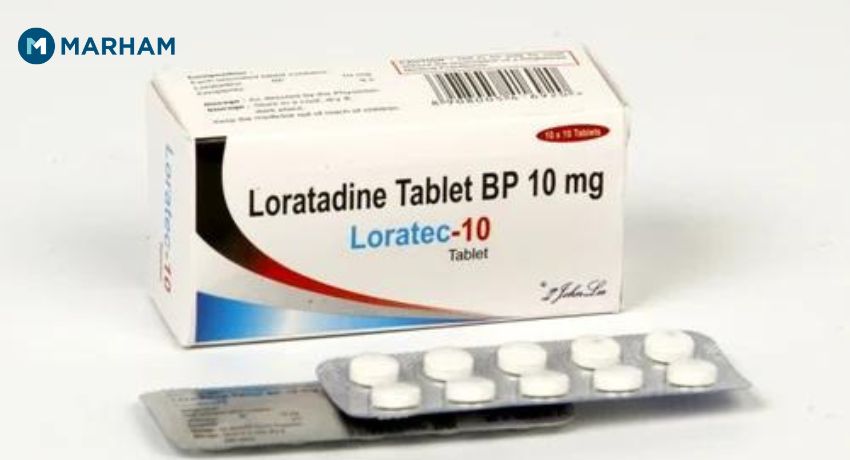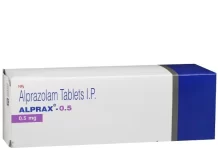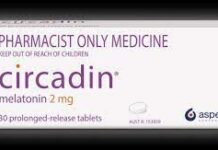Loratadine is a medication commonly used for the treatment of allergies, including hay fever (allergic rhinitis) and hives (urticaria). Here’s information about its uses, benefits, common symptoms, and potential side effects: Loratadine Tablet Uses Benefits and Symptoms Side Effects

Uses and Benefits of Loratadine:
- Allergic Rhinitis: Loratadine is used to relieve symptoms associated with allergic rhinitis, such as sneezing, runny or itchy nose, itchy or watery eyes, and itching of the throat or nose.
- Urticaria: Loratadine can also be used to relieve symptoms of hives, including itching, redness, and swelling of the skin.
Common Symptoms and Side Effects of Loratadine:
- Drowsiness: One of the main benefits of loratadine compared to older antihistamines is that it is less likely to cause drowsiness. However, some individuals may still experience mild drowsiness or fatigue. It’s important to assess your response to loratadine before engaging in activities that require alertness.
- Dry Mouth: Loratadine may cause a dry mouth, and staying hydrated or using sugar-free candies or gum can help alleviate this symptom.
- Gastrointestinal Symptoms: Some individuals may experience gastrointestinal symptoms such as stomach pain, nausea, or diarrhea while taking loratadine. These symptoms are typically mild and temporary.
- Headache: Headaches can occur as a side effect of loratadine in some individuals.
- Allergic Reactions: In rare cases, loratadine can cause allergic reactions characterized by symptoms such as rash, itching, swelling, or difficulty breathing. Seek immediate medical attention if you experience any signs of an allergic reaction.
Loratadine is generally well-tolerated,
and the side effects are usually mild. It is important to note that this is not an exhaustive list of all possible side effects. If you have any concerns or experience troubling symptoms while taking loratadine, consult with your healthcare provider for further evaluation and guidance.
It’s important to take
loratadine as directed by your healthcare professional and follow their instructions regarding the dosage and frequency of administration. Loratadine is typically taken once daily.
Inform your healthcare
provider about any pre-existing medical conditions, medications, or supplements you are taking to ensure the appropriate use of loratadine. Loratadine is generally safe for use in adults and children over the age of two years.
If your symptoms persist or worsen despite taking loratadine,
consult with your healthcare provider for further evaluation and management of your allergies.
Loratadine Tablet Uses Benefits and Symptoms Side Effects Loratadine Tablet in hindi Loratadine Tablet in hindi






